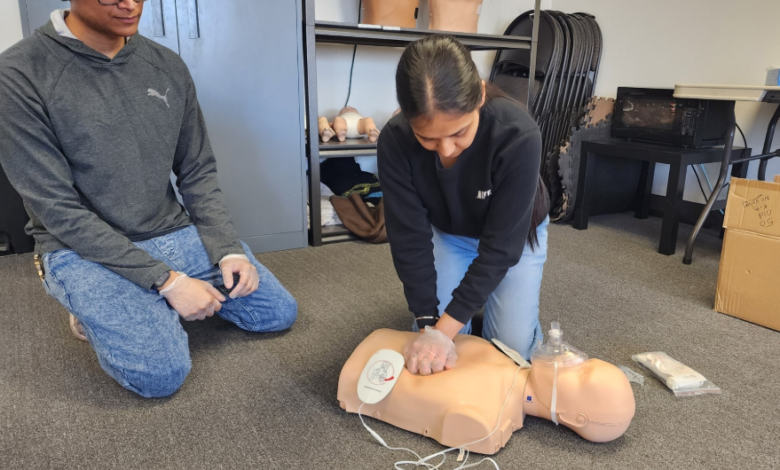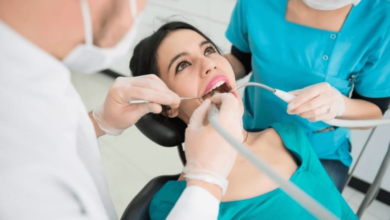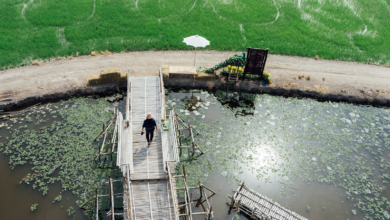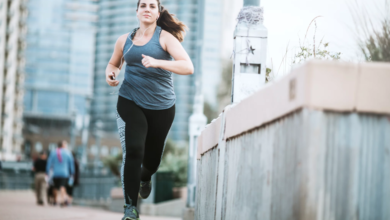What Makes a BLS Course Different From CPR?

Sometimes, it feels like all lifesaving courses sound the same. The names might blur together… BLS, CPR, First Aid… it can all get confusing. Still, there’s a big difference between a basic CPR class and a full BLS course in Jacksonville, FL. Knowing which one to take can make all the difference, especially when someone’s counting on you to respond in an emergency. Understanding those key differences doesn’t need to be tough or intense. In fact, once it’s broken down, it all starts to make a lot more sense.
Why a BLS Course in Jacksonville, FL Goes Further Than Basic CPR?
Let’s begin with what CPR actually covers. A standard CPR class teaches how to help someone when their heart stops or they stop breathing. The focus is often on chest compressions and rescue breaths. These skills are valuable for everyday situations, like helping a family member or a stranger in public. CPR courses are designed for anyone. That includes parents, babysitters, and even employees in certain workplaces. The steps are simple, direct, and effective when used quickly.
A BLS course in Jacksonville takes those same basic CPR skills and goes a lot deeper. BLS stands for Basic Life Support, and it’s designed especially for those in the healthcare or emergency response fields. Think doctors, nurses, EMTs, and medical students. That’s why the training covers more advanced scenarios, often with more detail and depth.
How Do the Training Levels Compare
One of the easiest ways to understand the difference is to look at what each course focuses on. A CPR class is like learning the essentials to keep someone alive until help arrives. On the other hand, a BLS course gives people the tools to step in confidently in high-pressure medical environments. So, here’s how they differ in content:
- CPR teaches compression techniques for adults, children, and infants
- BLS dives into team-based response, uses of advanced equipment like bag-mask devices, and understanding more about the body’s response in emergencies
See also: Fpo Corn : What It Is and Why It Matters
Deciding Which Training Fits Your Needs Best
This is where a lot of confusion comes in. Many wonder which one they should take. If someone is a healthcare provider or works in a clinical setting, they’ll likely be required to have BLS certification. It’s not just a suggestion. It’s often part of the job requirements.
Others might only need CPR certification, especially if their goal is to be ready at home or work, not in a hospital or ambulance. That said, taking a BLS course in Jacksonville, FL, can be a smart move even for non-medical individuals who want to be extremely prepared. It teaches not only what to do but also how to stay calm when emotions run high.
The Extra Skills You Learn in a BLS Course
When someone signs up for a BLS course, they’re stepping into a training that goes beyond just solo rescue techniques. It’s more structured and often includes hands-on practice with medical tools. Here’s what gets covered in most BLS training:
- Team-based chest compressions and role assignments
- Proper use of AEDs (automated external defibrillators) in complex situations
- How to recognize life-threatening conditions earlier
- Managing airway obstructions with various tools
- Coordinated efforts in multi-rescuer settings
What Makes This Certification So Worthwhile?
Having BLS training isn’t just about holding a certificate. It shows a higher level of preparation. Employers, especially in healthcare, look for candidates who already understand lifesaving skills in real-world conditions.
Trustworthy places like CPR Training Clinic don’t treat this like just another class. They understand the pressure that comes with emergencies. That’s why their BLS course in Jacksonville is built around practical skills and smart response habits. Whether it’s managing a sudden cardiac arrest in a clinic or helping a choking victim at a care facility, their training ensures people know what to do the moment they need to act.
What to Expect from a BLS Course in Jacksonville?
A good course doesn’t just go through the motions. It guides participants through various situations they may face and shows how to handle them without hesitation. So, expect a mix of:
- Interactive video lessons
- In-person practice with CPR mannequins
- AED training with different types of devices
- One-on-one instruction
- Written testing and skills evaluations
Final Thoughts!
Making the choice between CPR and BLS isn’t about which one is better; it’s about understanding the differences between them. It’s about which one is right for the role. Both teach lifesaving skills, but a BLS course in Jacksonville, FL, takes the training to a professional level. That kind of preparation brings peace of mind in moments that feel anything but peaceful. That’s exactly what the CPR Training Clinic offers. Real training, real preparation, and real support. Their practical approach, expert instructors, and certified programs are designed to give every participant the confidence to act fast and effectively. So don’t wait for an emergency to find out you weren’t ready. Sign up with them now!





